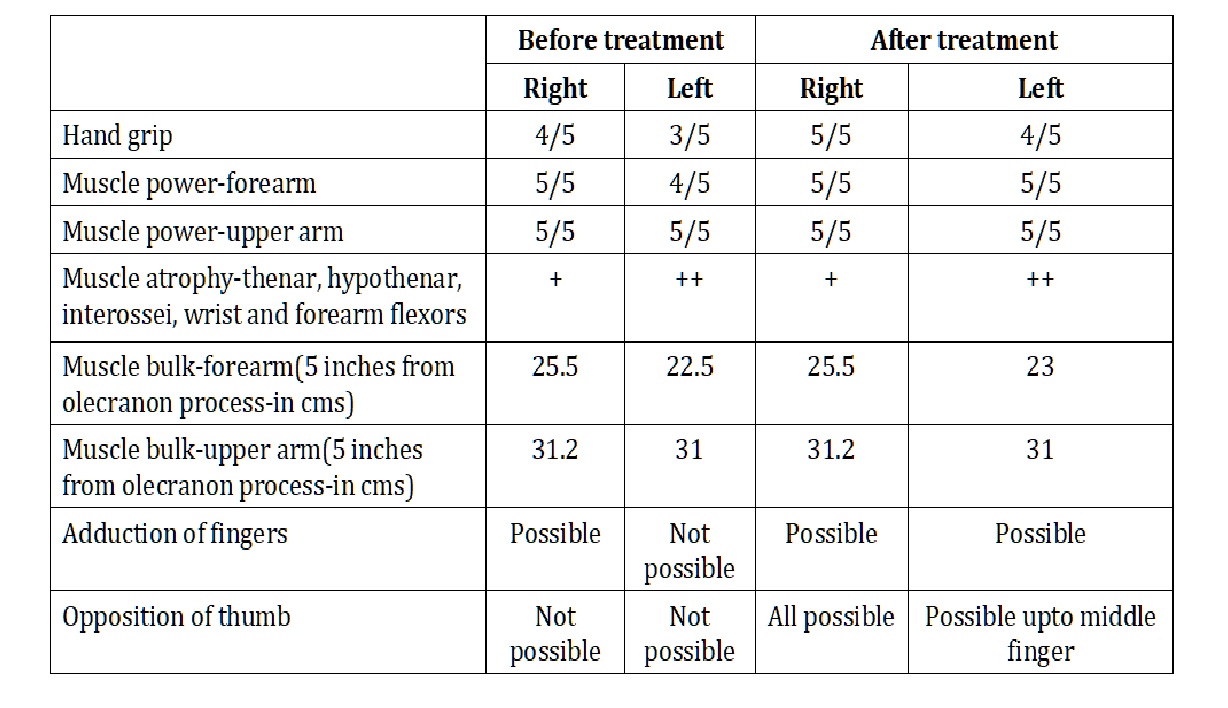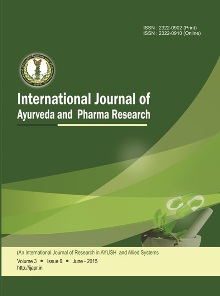An Ayurvedic Approach in the Management of Hirayama Disease
Abstract
Hirayama disease is a self limiting condition affecting the motor component of distal upper limbs without any sensory impairment. It mainly affects young males of Southeast Asia with an increased prevalence in India and Japan. Clinical findings and Diagnosis: A 32 year old male patient approached the OPD with a known case of Hirayama disease for the past 5 years. By analyzing the condition and Dosha involved Ayurvedic treatment, both internal medication and external treatments were developed. Outcome: After a course of 28 days treatment divided into 9 and 19 days with a gap of 1 week, the patient showed significant improvement in the clinical signs and symptoms. Conclusion: Hirayama disease can be correlated to Vatavyadhi spectrum disorders like Bahusosha (a Vataja nanatmaja vyadhi). The main aim of treatment is to relieve the vitiated Vata and nourish the depleted Mamsa dhatu.
Downloads

Copyright (c) 2025 International Journal of Ayurveda and Pharma Research

This work is licensed under a Creative Commons Attribution-NonCommercial-ShareAlike 4.0 International License.






